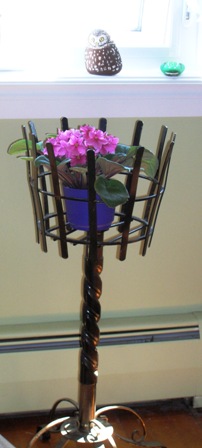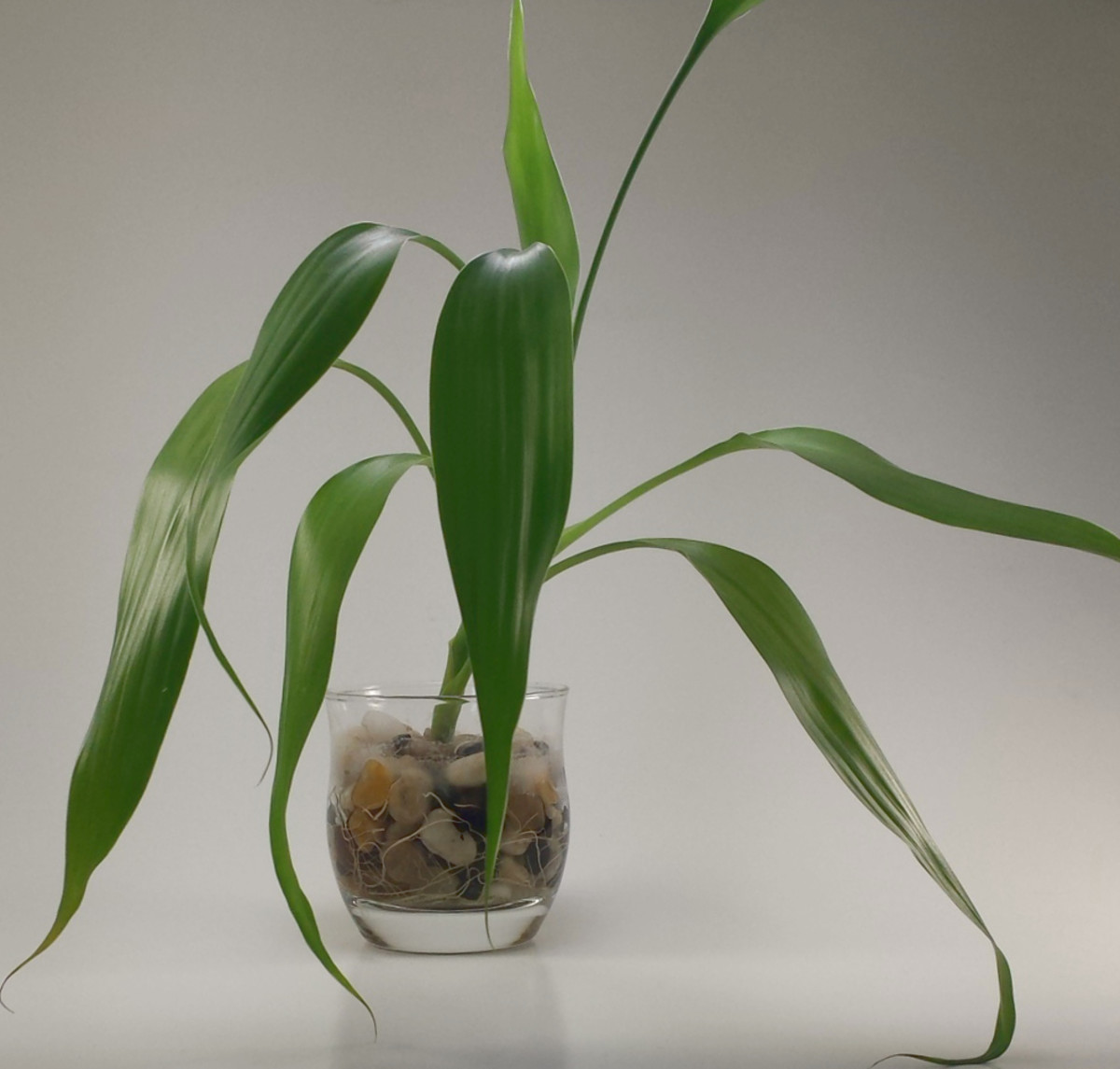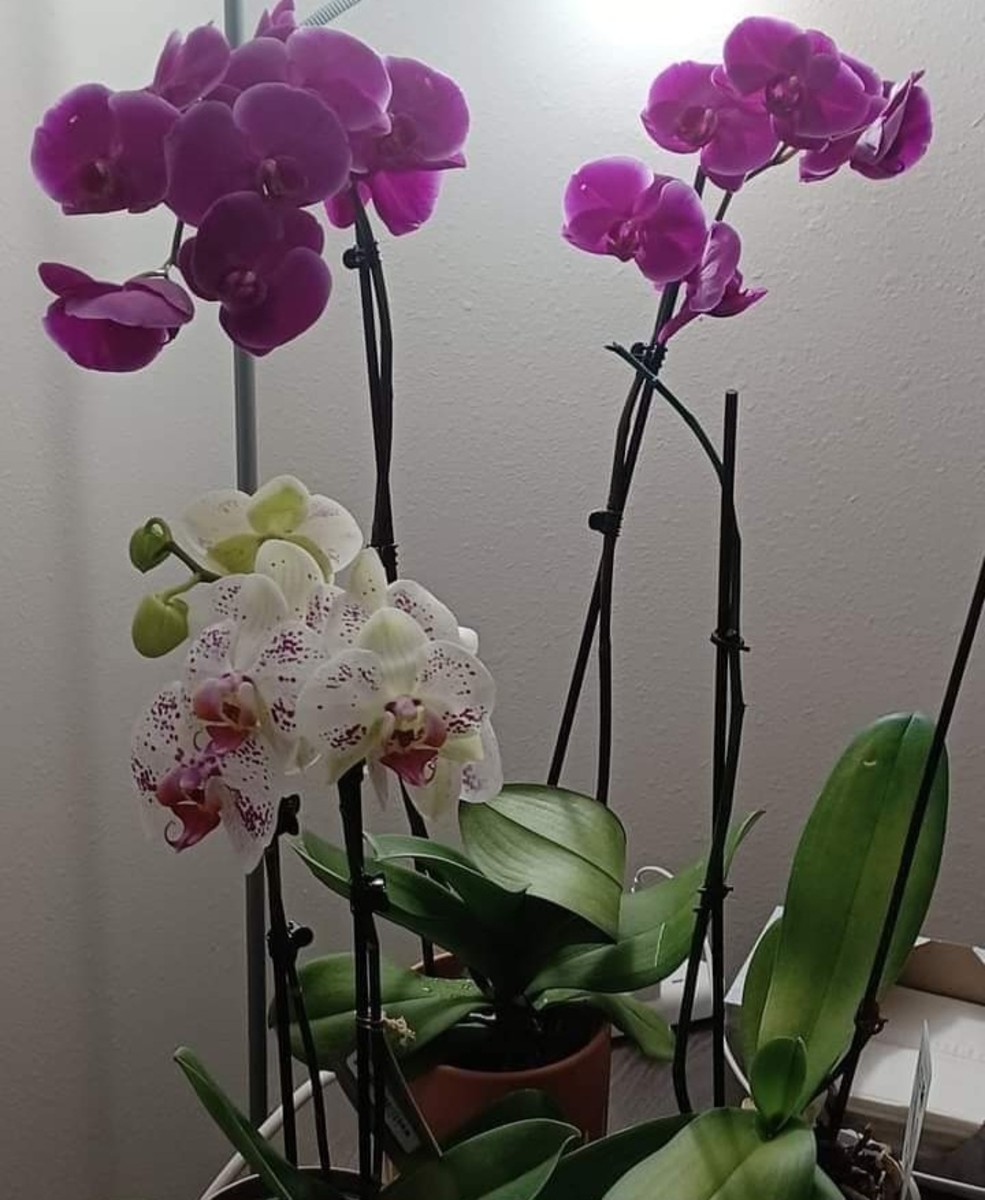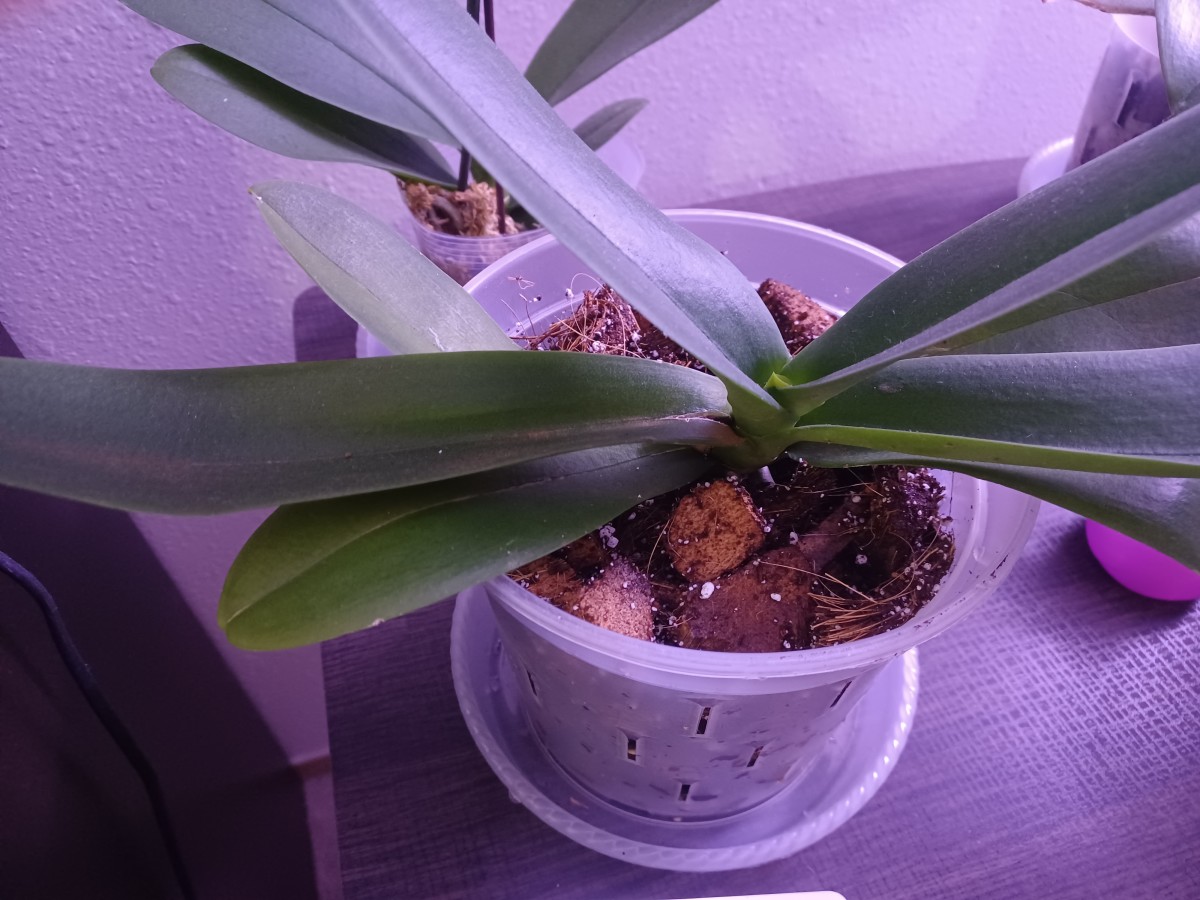A Beginner's Guide to Houseplants
African Violet in Living Room East Facing Window

watering
Getting Started
Gardening is a joy and a great way to unwind and get a way from it all. There is no reason that when the outside gardening season comes to an end that you need to forgo this activity, you simply move it inside.
Indoor gardening can bring you pleasure and joy as you experience a new plant breaking the soil and emerging into the light. Indoors you may actually be able to watch the plant develop as you witness each stage.
Indoor plants also bring beauty and will enhance your indoor décor. They can greet visitors when they first arrive and be there when they leave imparting to the visitor the visitor depart with a sense of vitality.
Over the years I have been given plants by people who claim that anything left in their care simply withered away or that they were just not gardeners.
To this I say nonsense. If you follow a few basic rules, such as putting the right plant in the right palce, giving it the food and water it needs the plant will flourish.
My enjoyment of house plants began about 20 years ago when we moved into a furnished apartment; it had a number of plants and the owner had left detailed instruction for their care and feeding. I was a bit daunted at first, there were over 20 plants to look after and different watering schedules for some of them. I followed the instructions in the six months we lived there and nearly gave up on the idea that I would keep an indoor garden.
Then we moved into another fully furnished place that also came with plants but this time no instructions. The owner simply said live with them, do a little homework and all will be well.
It was. I went to the public library to do some reading but mainly to identify the plants that were there so I could get to know them. In time, I was getting plants from people who were moving and propagating by cuttings to expand the garden.
Getting Started: Plant Placement
Step One: Light
Know your space; where will the plants live? Windows are the main source of natural light for indoor plants so which way do the windows face? If you live in the northern hemisphere, the sun will move in the southern sky which means that a window that faces north does not get direct sun; while an unobstructed southern window will get direct sunlight all day long.
An east facing window receives morning sun and a west facing window will see sun in the afternoon.
Step Two: Temperature
Plants, for the most part, will require a drop in temperature at night, why/ The nighttime temperature needs to be 8 to 10 degrees cooler than the day as during the day, the leaves of the plant manufacture their food and it is only the lower temperature at night that allows them to distribute it to the roots and other growing parts.
Step Three: Humidity.
House can become very dry especially in the winter time when the heat is on and plants will simply dry out. Humidity is the amount of water vapor in the air surrounding the plant; this affects how a plant transpires. Transpiration is how the leaves and stem of the plant give off water which then evaporates into the surrounding air.
If the air around the plant is dry, the plant will then give off too much water and may wilt.
Mist your plants on a regular basis especially in the winter and you will have few problems.
You can also arrange your plants into groups which will then increase their combined transpiration and humidity which will increase the water vapor.
Soil:
I recommend buying a potting soil, preferably organic to grow your houseplants in; there are specialized soils for African violets and succulents for example.
You now have enough knowledge to get started. There is only one thing more to do and that is determine how much time you have to devote to your indoor garden. There is work to do and if you start too big the chances of failure increase, start small, get used to the garden and then expand. I have seen a room go from 2 plants to be so full with plants that it was necessary to remove a chair and an end table.
This is fine, if you can manage a garden of this proportion but a nightmare if it dominates all your time.
Indoor gardening is a great way to unwind; to slow down and enjoy, do not let your indoor garden outgrow you.




